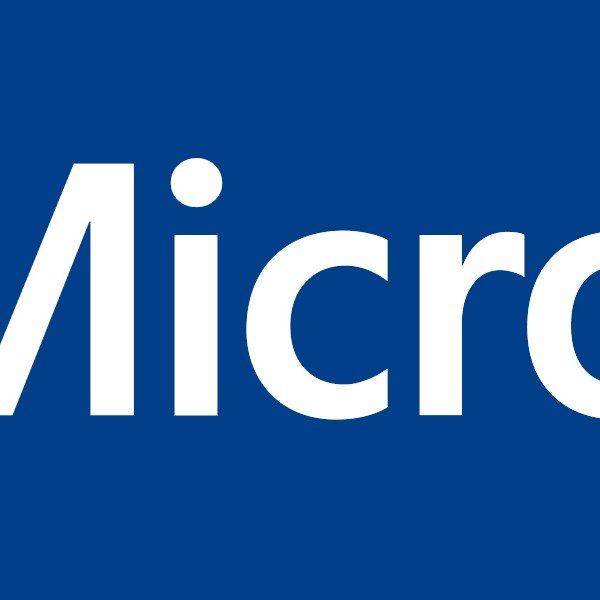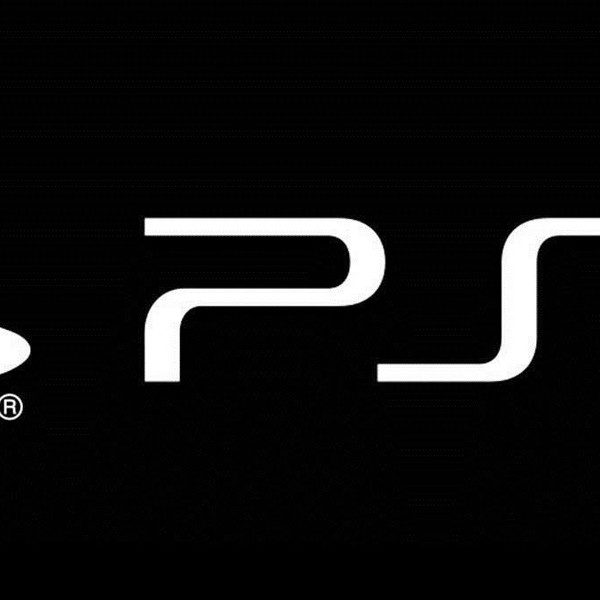With virtual reality tech on the horizon, there’s been some speculation as to what Microsoft’s answer to rival Sony’s Project Morpheus would be. That answer has turned out to be Windows Holographic.
Unlike the Oculus Rift and Project Morpheus, Windows Holographic isn’t a virtual reality headset, but an augmented reality headset. Instead of transporting you to a fantastical virtual world, the headset augments the real world around you with holograms.
A trailer put out by Microsoft shows both the practical and entertainment applications of the headset, such as playing a game of Minecraft set within one’s own living room, walking clients through a future home, or designing a motorcycle without the hindrances and complexities of software. Indeed, it literally looks like the kind of thing science fiction movies like 2002’s Minority Report predicted would exist.
The headset itself boasts some impressive features, such as a built in GPU and CPU, no fiddly wires attached to it, and no requirements to connect with a PC or phone. Microsoft also added:
We invented a third processor. A holographic processing unit. The HPU gives us the ability to understand where you’re looking, to understand your gestures, to understand your voice, to spatially map your environment, to run without wires … all in real-time.
Of course, as you might expect with a project as groundbreaking as this, Windows Holographic is still in its infancy and won’t be out for quite some time. According to Microsoft, the unit is being developed with the goal of putting it out in the same time frame as Windows 10.
So far, the only people outside of Microsoft to have a first-hand look at Holographic is Grand Theft Auto publisher Take Two, whose CEO Strauss Zelnick remarked in an interview with Bloomberg TV:
The demo that I had was at Microsoft’s headquarters in a room given over to this [technology], and you had an immersive headset on, and there are characters that appear to be real, and you’re interacting with the characters and they’re not real, and it’s pretty extraordinary.
Microsoft have also offered an olive branch to other interactive headset makers, inviting them to collaborate: “Oculus, Magic Leap, Glass developers and everyone else, we humbly invite you–come create holograms with us.” Does “everyone else” include Sony?



